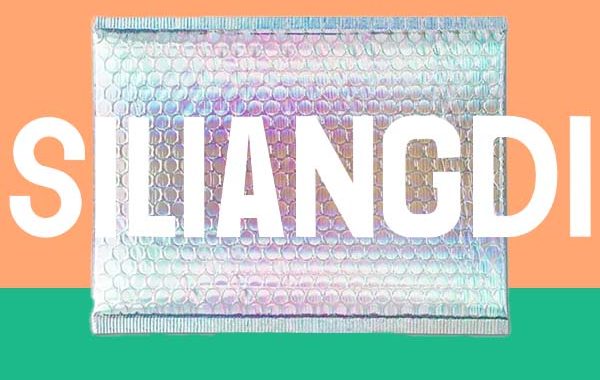For any business shipping products to customers across the US, bubble wrap is an iconic solution for protective packaging. However, choosing the wrong type of bubble wrap can be the difference between “arrived safely” and “damaged return.” This guide moves beyond the basics to explore how to strategically select bubble wrap for optimal protection and cost-efficiency.
The Science of the Bubble: It’s All About Air Cushioning
The effectiveness of bubble wrap isn’t magic—it’s simple physics: air cushioning. Each sealed bubble acts as an independent air cell that absorbs and distributes shock, vibration, and pressure during transit. The key is matching the bubble size and film strength to your product’s characteristics.
- Small Bubbles (Typically 6mm / ¼-inch in diameter): Provide a firmer, more dense cushioning. Ideal for small, hard-yet-fragile items like electronics, smartphones, and glassware, as they better resist puncture from sharp points.
- Large Bubbles (Typically 20mm / ⅞-inch or larger in diameter): Offer a thicker, more resilient cushioning layer. Better suited for void-filling in large boxes and wrapping larger, heavier items with less puncture risk, such as furniture edges or appliances.
Choosing the Right Bubble: A Guide to Material and Type
Modern bubble wrap has evolved into several variants to meet specialized needs:
- Standard Bubble Wrap: The most versatile type, suitable for most general packaging applications.
- Anti-Static Bubble Wrap: Crucial for electronics sellers. This film prevents electrostatic discharge (ESD) from damaging sensitive PCBs, hard drives, and chips.
- Cohesive (Self-Adhesive) Bubble Wrap: Features a cling layer on one or both sides, allowing it to wrap irregularly shaped items without tape, significantly improving packing speed.
- Eco-Friendly Bubble Wrap: Made from recycled materials or biodegradable polymers, catering to the growing demand from environmentally conscious US consumers.
Bubble Wrap Selection Matrix: Match Your Product to Perfect Protection
Use the chart below to make a quick, informed decision based on your product’s profile.
| Product Type / Characteristics | Recommended Bubble Wrap Type | Rationale & Benefits |
|---|---|---|
| Small Electronics, Fragile Glassware, Precision Instruments | Small Bubble, Anti-Static | Provides high-density support against micro-vibrations and scratches; anti-static properties ensure component safety. |
| Home Decor, Ceramics, Medium-Weight Items | Standard Bubble Wrap (Med/Large Bubble) | Offers a balanced cushioning and void-fill at a cost-effective price point, suitable for most e-commerce scenarios. |
| Large, Heavy Items (Furniture, Tools, Equipment) | Large Bubble Wrap, High-Strength Film | The larger bubbles create a thicker barrier capable of absorbing significant impacts and vibrations during shipping. |
| Moisture-Sensitive Items | Bubble Wrap Laminated to Kraft Paper (or used with separate barrier) | Standard bubble wrap is not a moisture barrier; combining it with moisture-resistant materials is recommended. |
Conclusion: Wrap Smarter, Not Just More
Smart packaging means understanding your product’s vulnerabilities and selecting the cushioning material that best mitigates transit risks. By investing in the correct type of bubble wrap, you are not just buying a material—you are investing in reduced damage rates, optimized material usage, and an enhanced brand experience.
Contact Us for Custom Sizes & Private Label Options
Email:packing@siliangdi.com
Email:SLD@siliangdi.com
